Once upon a time, our cities and towns had small-scale manufacturing threaded throughout their main streets: the tailor and dressmaker, the furniture maker, the coffee roaster – you get the picture.
But over time, we sent these businesses off to the corners of our towns and to the edges of our cities.
We relegated them to marginal properties and out of the way locations.
And retail and services followed them out to the suburbs.
But today, retail is coming back to our main streets. In some places, it comes easily. In others, it is a struggle.
But those local, small manufacturing businesses just might be key to bringing energy back to those struggling main streets. What if we found that putting those good jobs – businesses owned by our neighbors – back in the center of town would help bring more people downtown and onto main street?
Fortunately, some places are figuring this out. They are adding the coffee roaster, the soap maker, the belt and bag maker back into main street. And they are reaping the benefits.
Take Rhode Island Avenue in northeast Washington DC. This neighborhood main street consists of one and two story commercial buildings that were once the center of vibrant neighborhood commerce. After the riots of the ‘60’s, business fled and the retail that remained, like convenience stores, no longer enhanced the neighborhood the same way. In the last few years, the neighborhood rallied and residents came together to create the Rhode Island Ave NE Main Street program.*
One of the first new businesses to set down roots on the main street is Zeke’s Coffee. Zeke’s operates a coffee shop along the street, with coffee roasting production in the back. They wanted to be a part of a neighborhood, but also have the space to continue their production. They bring foot traffic from the nearby neighborhood. And they sell their coffee beans wholesale throughout the region. They bring the people out. And they create jobs in the neighborhood.
In the nearby neighborhood of Ivy City, redevelopment and investment exploded after a few new local breweries and distilleries opened their doors in the neighboring industrial area. They are now the commercial anchors, bringing hundreds of people to tasting events every weekend, and investment is flowing into the neighborhood again.
Main Streets in small towns also benefit from local producers. In Burlington, NC, local stained glass producer, The Glass Angel, produces and sells their products onsite, as well as offering community classes. Fashion producer, Chez Kevito, a women’s clothing company, meets with clients in a shared retail and production space in Takoma Park, MD. Some of their production occurs on site and some is done remotely. Both production businesses bring clients to their shops, and the local main street, supporting foot traffic to other businesses as well.
In cities and towns across America, small production businesses are bringing energy and people back to our main streets.
Do you have great, local producers in your downtown or main street? Send us a picture and tell us their story so we can showcase them too.
* The main street approach includes four main points: organize the business community, promote it, design the corridor coherently, and diversify the economic base of the area.

